A version of this feature ran in the June issue of BRAIN.
BOULDER, Colo. (BRAIN) — For our June magazine edition, we asked our State of Retail panel members: Tell us about your service department in terms of its percentage of overall sales, how you manage staffing and turnaround times, and how you set pricing.
BOISE, Idaho: Jason Bauer, owner Bauerhaus Bikes
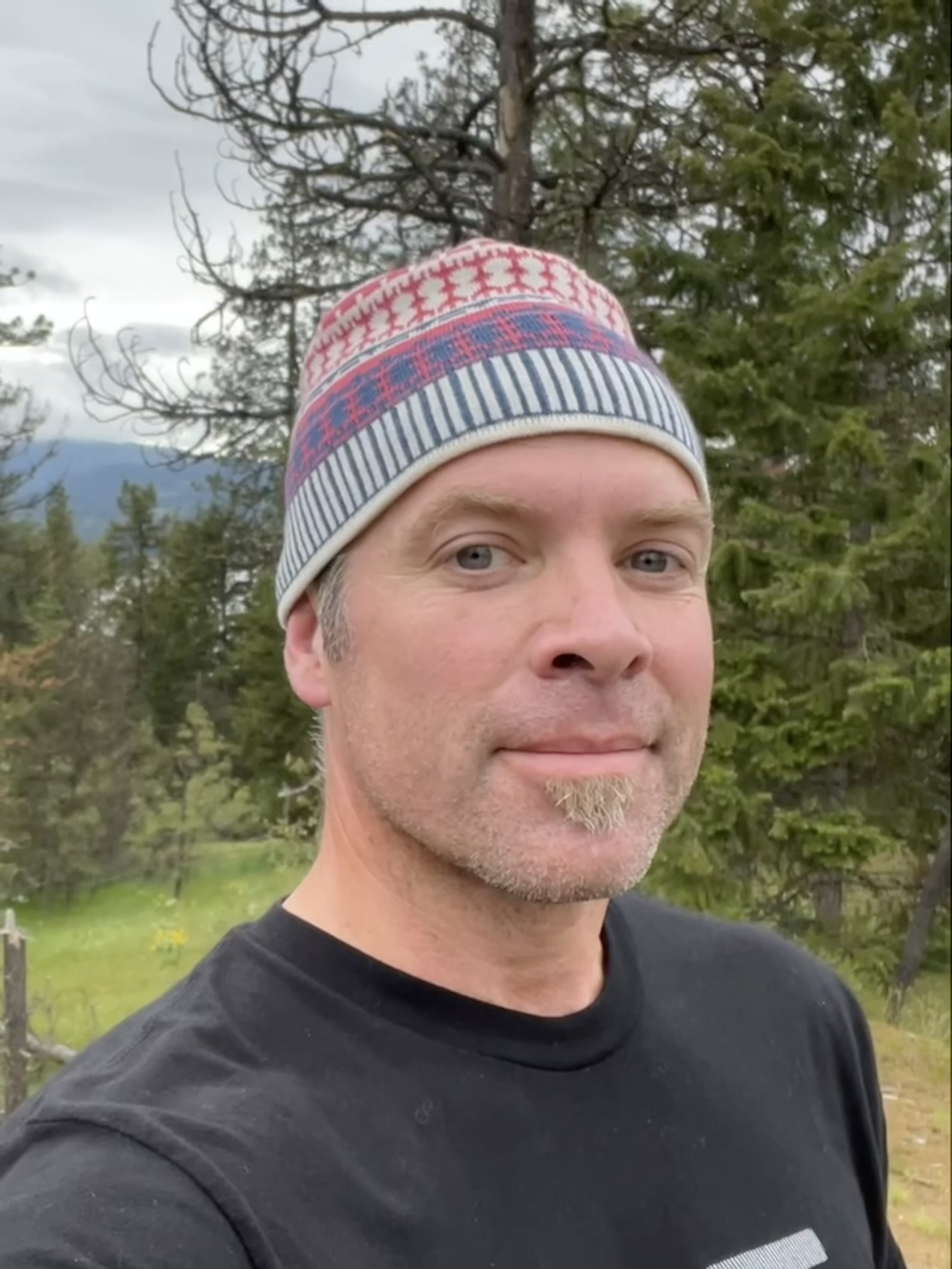
Labor comprises approximately 20% of our overall income. Being in the snow belt, our peak service demands are from the end of March to early September. The average time for a scheduled appointment during these months is usually three weeks. We have three people on staff total, so our offerings for service focus on efficiency. We ask that anyone who calls or stops by to have their bike with them for either an assessment for our work order queue or on-the-spot triage. We'll try to keep people on the road/trail and avoid leaving bikes for extended periods of time. More often than not, the quick triage turns into much more substantial repairs, including parts. Our shop hours are Monday through Friday 8 a.m.-4 p.m. We check in bikes for our work order queue for only two slots per day on Tuesdays, Wednesdays, and Thursdays, and we give priority to new bike and wheel builds. Mondays and Fridays are reserved for bike triage and project completions.
WALLA WALLA, Wash.: Kathryn Austin, owner/manager Allegro Cyclery
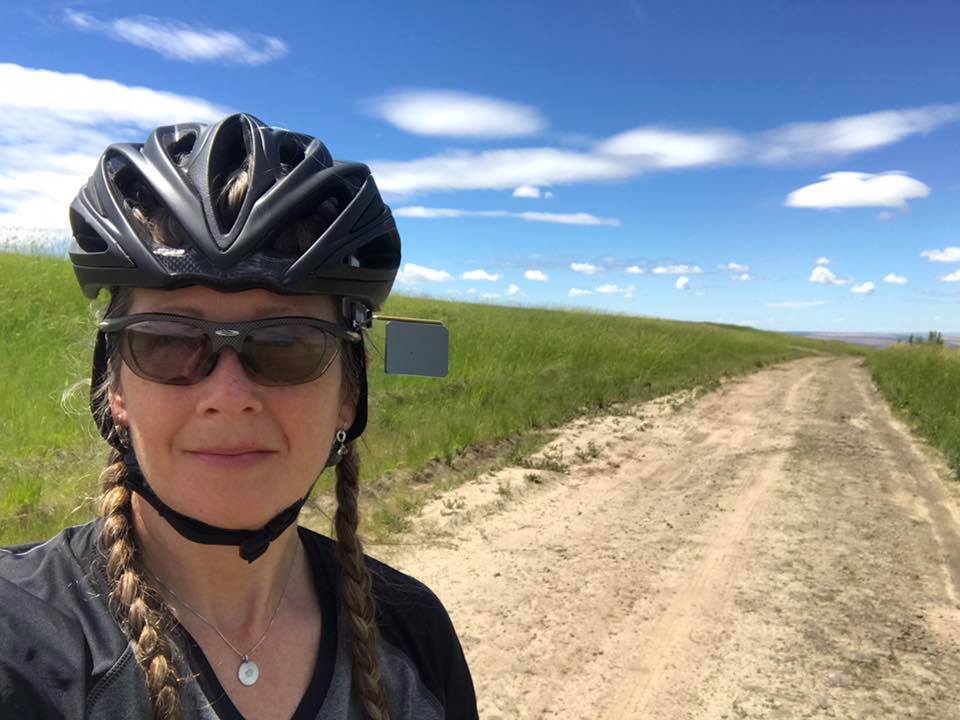
We only schedule service work Monday through Friday, leaving Saturdays for "walk-in" or emergency repair needs — and we’re closed on Sundays. Eighty percent of our billing is by service charge (set prices for service options) and 20% is hourly. Service is approximately 35-45% of our overall business and our peak months are between February and April. In recent years, we added a Winter Tune-Up special to get customers to come to us earlier in the year to get their bikes ready for the season. Before this, April and May were our peak months for service. It’s so much easier to not have it all concentrated in April and May, and the tuneup special has shortened our average turnaround time to two to three days. We don't really need to add mechanics during early peak service months because business on the floor is down due to late winter weather, but we do increase the working hours of our mechanics as the season gets busy.
MOBILE, Ala.: Brad Burton, owner Cadence120 Bicycles
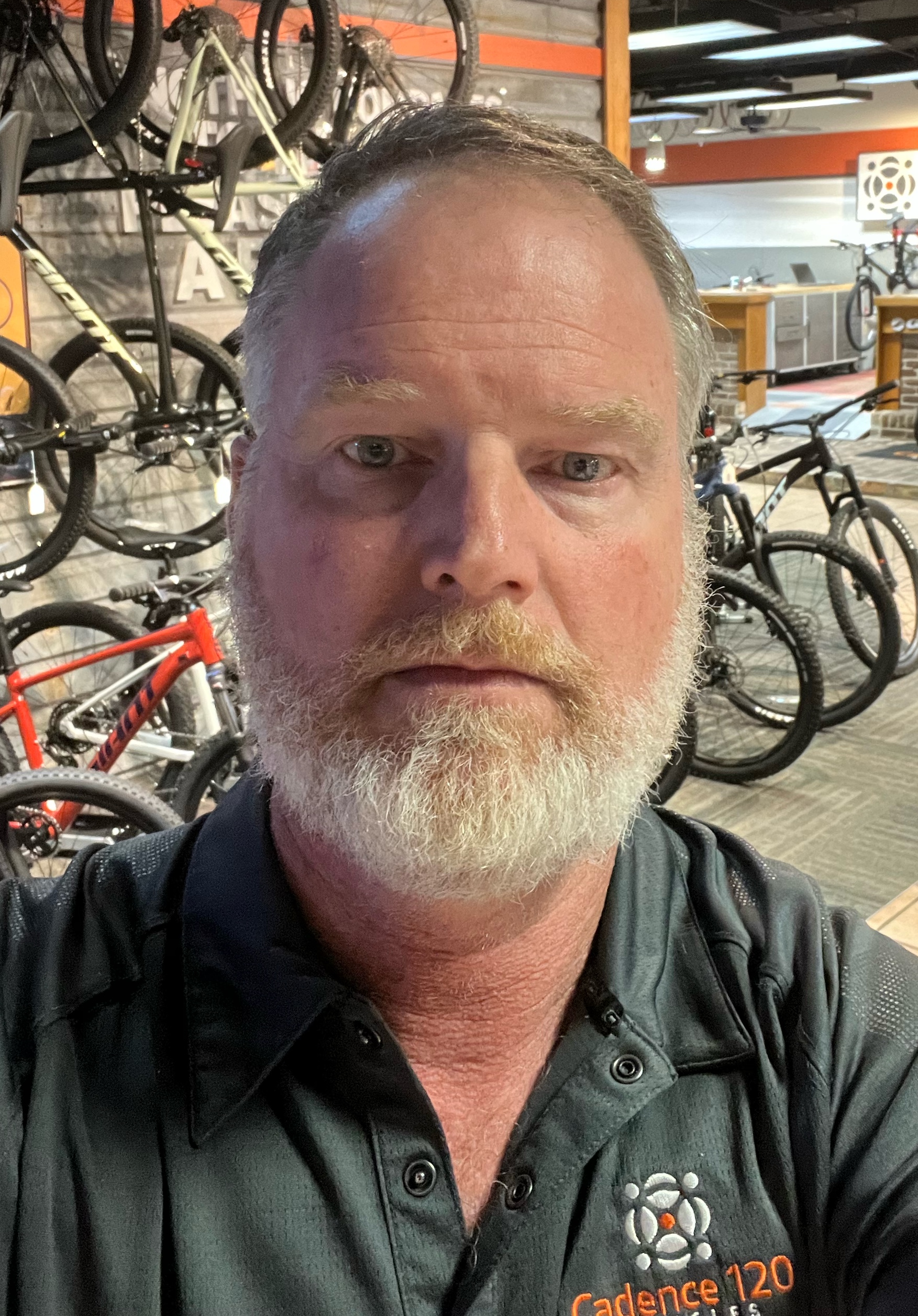
Last year, our labor ran 9.88% of our overall business. Demand for service begins in March and remains strong through August. We usually have three months that are our true peak during that period, mostly depending on the weather. We do not add any additional mechanics. Our typical turnaround time is seven to 10 days, but that fluctuates depending on our workload. Sometimes, it’s as low as two to three days. We charge by service or flat rate for most of our service work. For special projects, we charge our hourly rate. We offer tuneups, routine service items, and cleaning packages as well as a la carte items such as brake adjustments. Our hourly rate is used for removing corroded items, chasing noises, and anything that falls outside of normal repair items.
STAMFORD, Conn.: Julie Gabay, owner, president, buyer Pacific Cycling & Triathlon

Service is at least 30% of our business — more if we include custom builds and upselling. We have three full-time mechanics on staff. It's important to me that we keep our mechanics on payroll consistently throughout the year and that they have an understanding of our store and the philosophy that we try to instill, so we all rely on them to sell items and understand the rest of the business in addition to wrenching. Our peak service months are February through September, and our average turnaround time is about a week during these months. We do not hire additional mechanics in our peak months. We charge per tuneup, and packages range from $99-$400. If we have to do anything that requires an hourly labor charge, such as drilling out bolts, we add that on to the package pricing.
MASSILLON, Ohio: Molly Lehman, marketing manager Ernie’s Bike Shop

As one of the things Amazon can't undercut us on, service has become an especially valuable part of our business. We've been integrating service into all aspects of customer interactions: discussing basic maintenance, underscoring the value of regular service, and establishing ourselves as The Experts. Another important message: We will cheerfully work on everything, regardless of a bike's quality, condition, or origin. We're here to get people back in the saddle, whatever they're riding.
Service comprises about 10-15% of our business. Our peak months are usually March through May, though we do encourage earlier drop-offs by offering tuneup specials in January and February. During peak months, turnaround time is usually between one to three weeks. We work with customers to manage and meet expectations; if a customer needs a bike back more quickly, we'll accelerate that work as much as we can. Our rates are both task-based and time-based. We offer three levels of standardized tuneups at set prices, and we also have an a la carte menu for common services like flat repair, brake bleeds, and various component installations. For more specialized or more involved work, we calculate based on an hourly rate.
HOPKINS, Minn.: Jonathan Minks, owner Jonny Rock Bikes
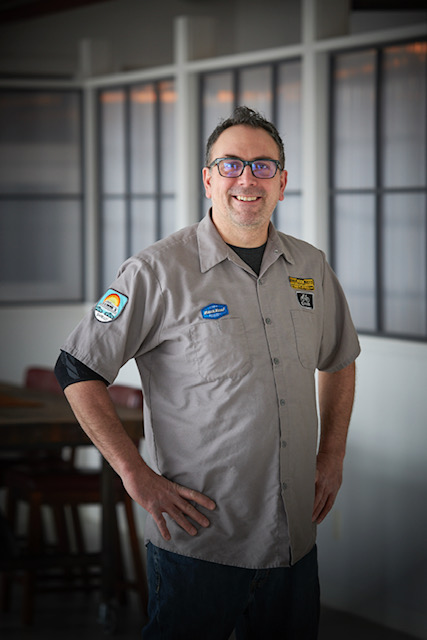
I would estimate that about 33% of our revenue is service. We are in Minnesota, so service demands are very seasonal. Once the nice weather hits, it’s go time! We get lots of new service because some other shops price out the service in hopes of selling the customer a new bike. Our average turnaround time is around one to two weeks in peak season. With our limited staff, we handle the workload very well, considering that most shops are four to five weeks out in our area. We are blessed with a staff that is very flexible, and we allow them to be flexible. We have different tuneup rates, such as a No-Clean Tune-Up, a Standard Hand-Cleaned Tune-Up, and a Deluxe Tune-Up, when the bike is in need of having parts installed. We charge more for e-bikes and specialty bikes like tandems and trikes. Sometimes we do hourly labor for certain projects when applicable.
BROOKLYN, N.Y.: Ilya Nikhamin and Kasia Nikhamina, co-owners Redbeard Bikes
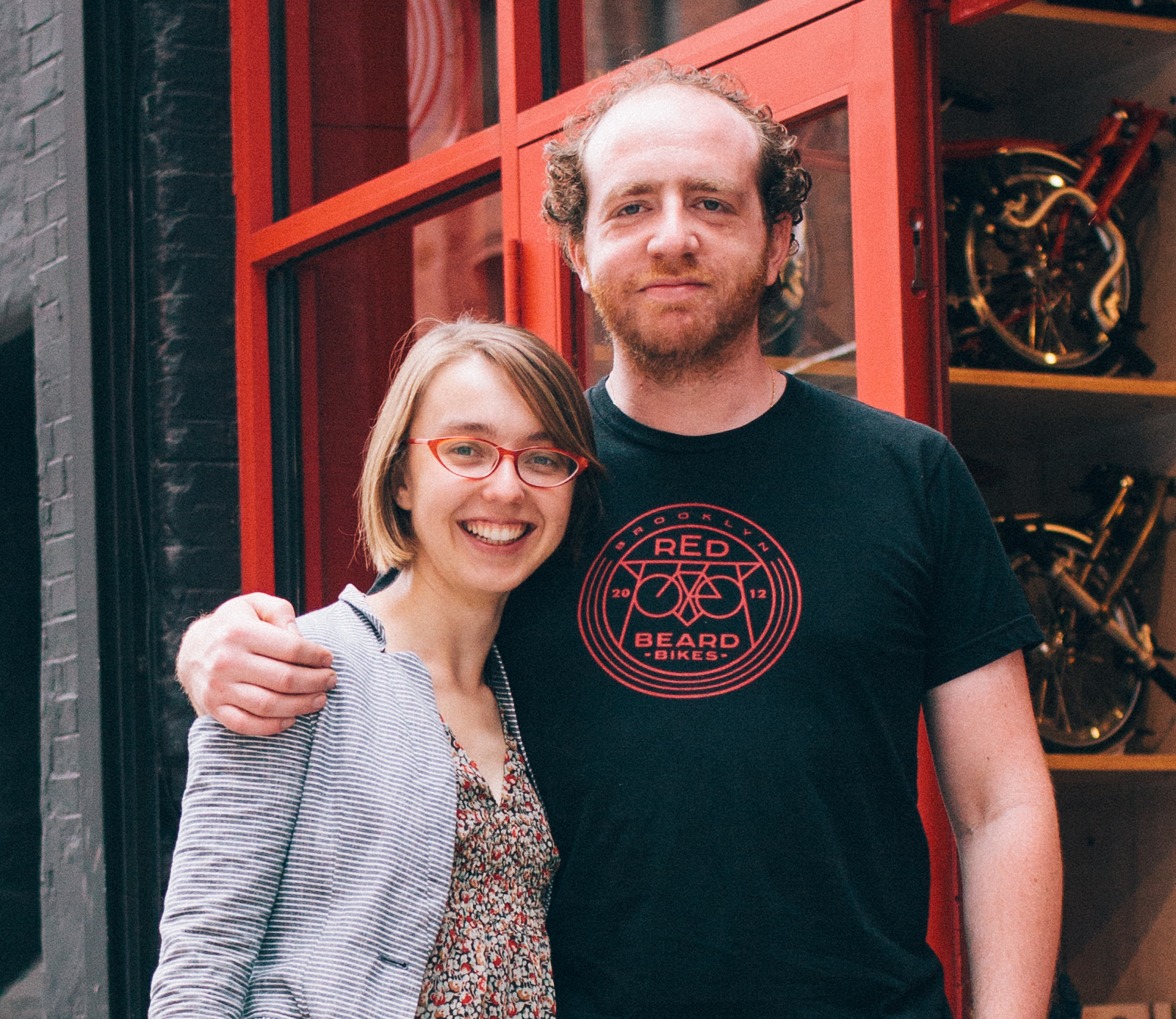
In the past year, we have tracked 50% fitting requests, 40% service requests, and 10% sales of Bromptons and gear. There are only a few coveted service slots a month because we prioritize bike fittings and custom builds. Service requests do spike a bit in the spring/summer, but we’re getting fewer of them now that word is spreading that we predominantly do bike fittings and custom builds. Our turnaround time is generally three to five days (by appointment). We try to get bikes back to riders for the weekend. For 10 years, we charged by service. We were slow to update our rates as the cost of doing business, and the cost of living, increased in NYC. Now that we are operating as a studio, appointment-only, we charge by the hour. The challenge is tracking time, as he sometimes has multiple bikes going at the same time. If anything, he underestimates in the client’s favor.
ENCINITAS, Calif.: Will Schellenger, owner El Camino Bike Shop
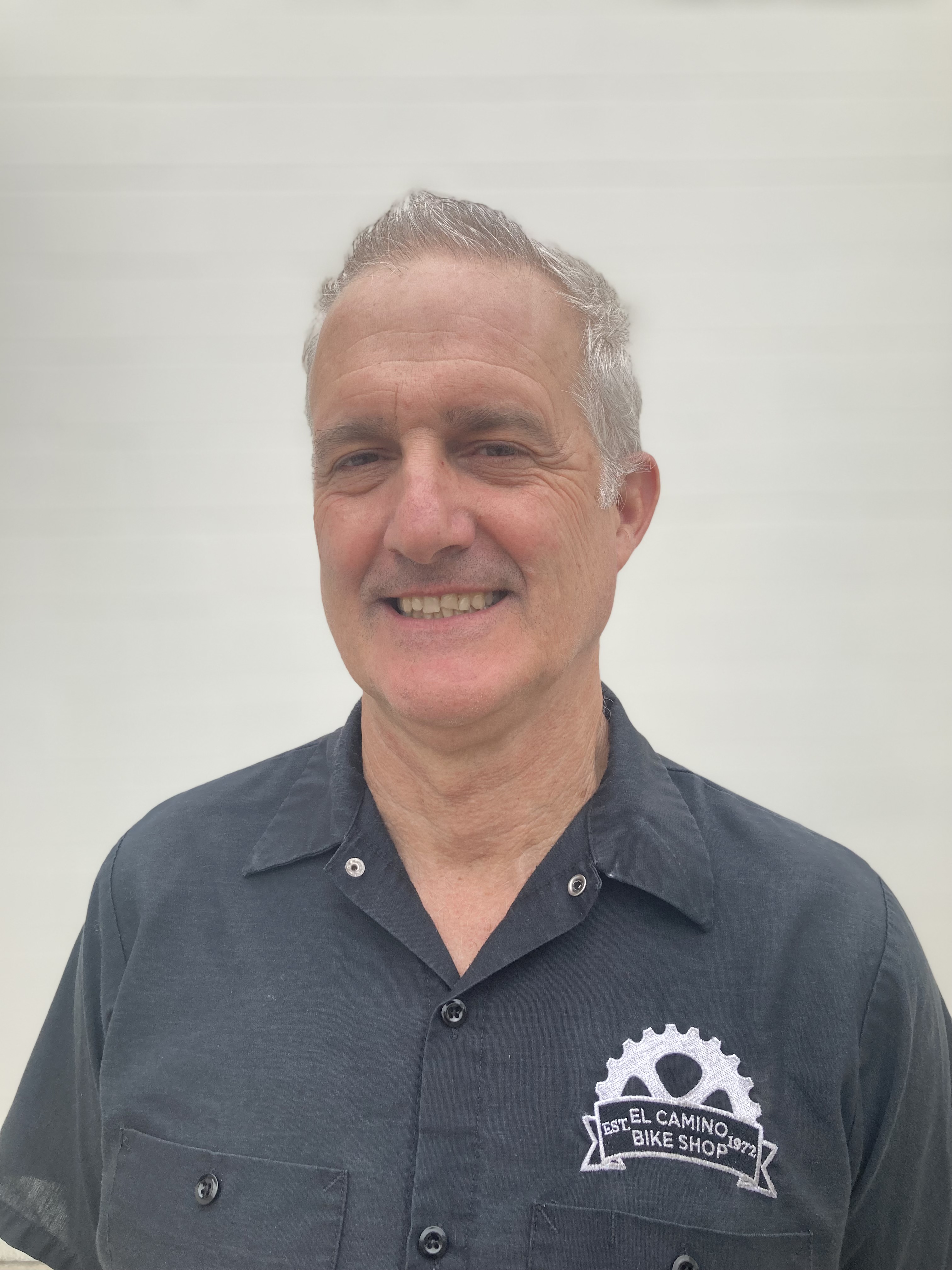
Service labor accounts for about 15% of our overall revenue. With that labor comes a lot of parts, accessories, and rubber, so the overall contribution of service is probably more like 30%. The peak months of demand are June, July, and August. We usually are able to turn a repair around in two to three days even during peak demand. We often employ high school students in the summer months to help with basic repair needs. Pricing-wise, we have a pretty extensive list of specific service items that have a preset price. Occasionally, we come across something that requires us to charge the client on a "by-the-hour" basis.
BRADENTON, Fla.: Paul Tobio, owner Ryder Bikes

Approximately 6% of our overall sales come from service, excluding parts and accessories sold at the time of service. Our peak months here in Southwest Florida are January through March, as we have a large influx of snowbirds in the winter, but our local cyclists schedule their annual service during the summer months, so it stays pretty consistent. We have pre-priced service charges based on our hourly rate chart, which are integrated into our point-of-sale system. It is easy to track time and adjust pricing as needed. This also assists in planning tech work for the day and tracking of productivity.
We have a multi-pronged approach to the service area. Flats are turned around within 24 hours, small repairs are completed within a week, and tuneup service is scheduled. During peak season, the tuneup service can stretch to 14 days — but we try to keep customers rolling by scheduling the service and having them drop the bike off the day prior to their scheduled service day. We have our techs come in before we open, so they can get work completed without interruptions.


